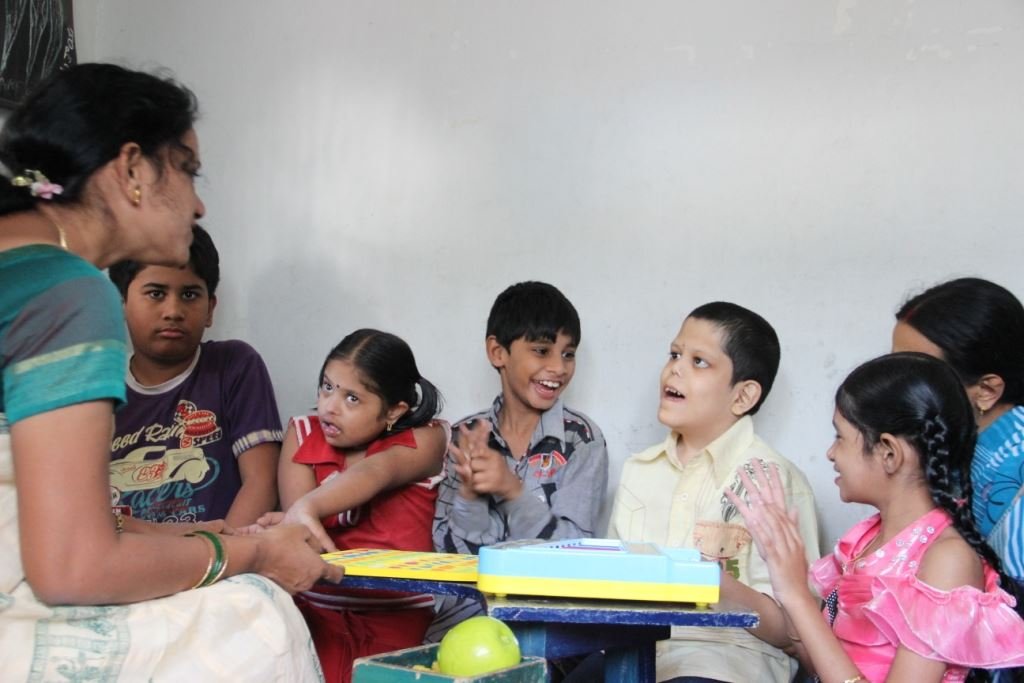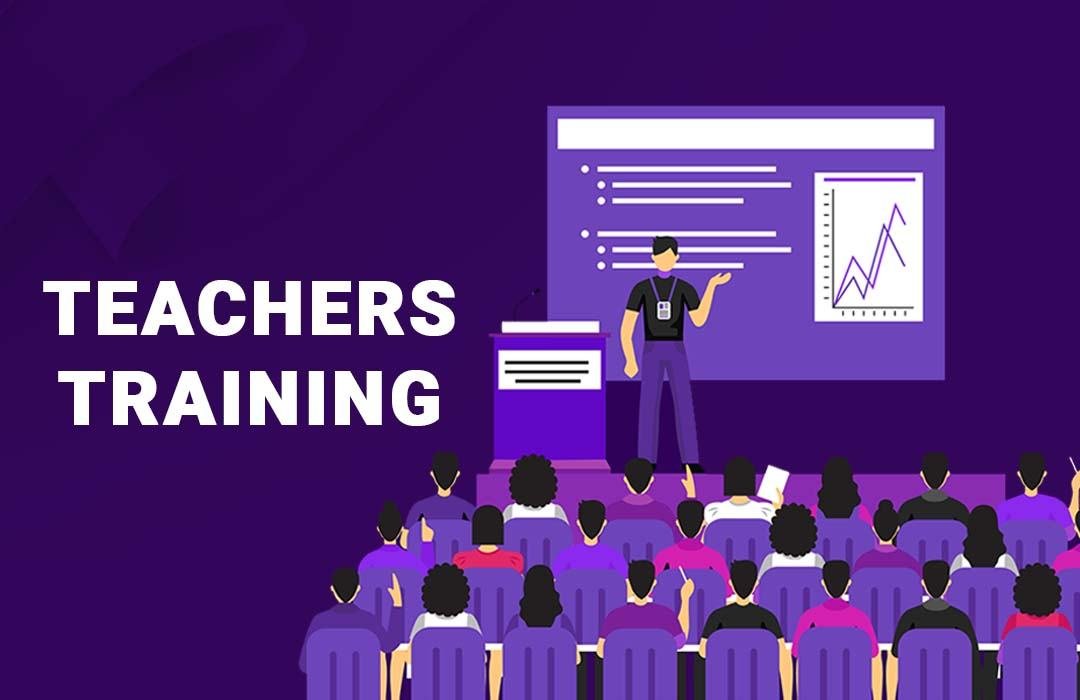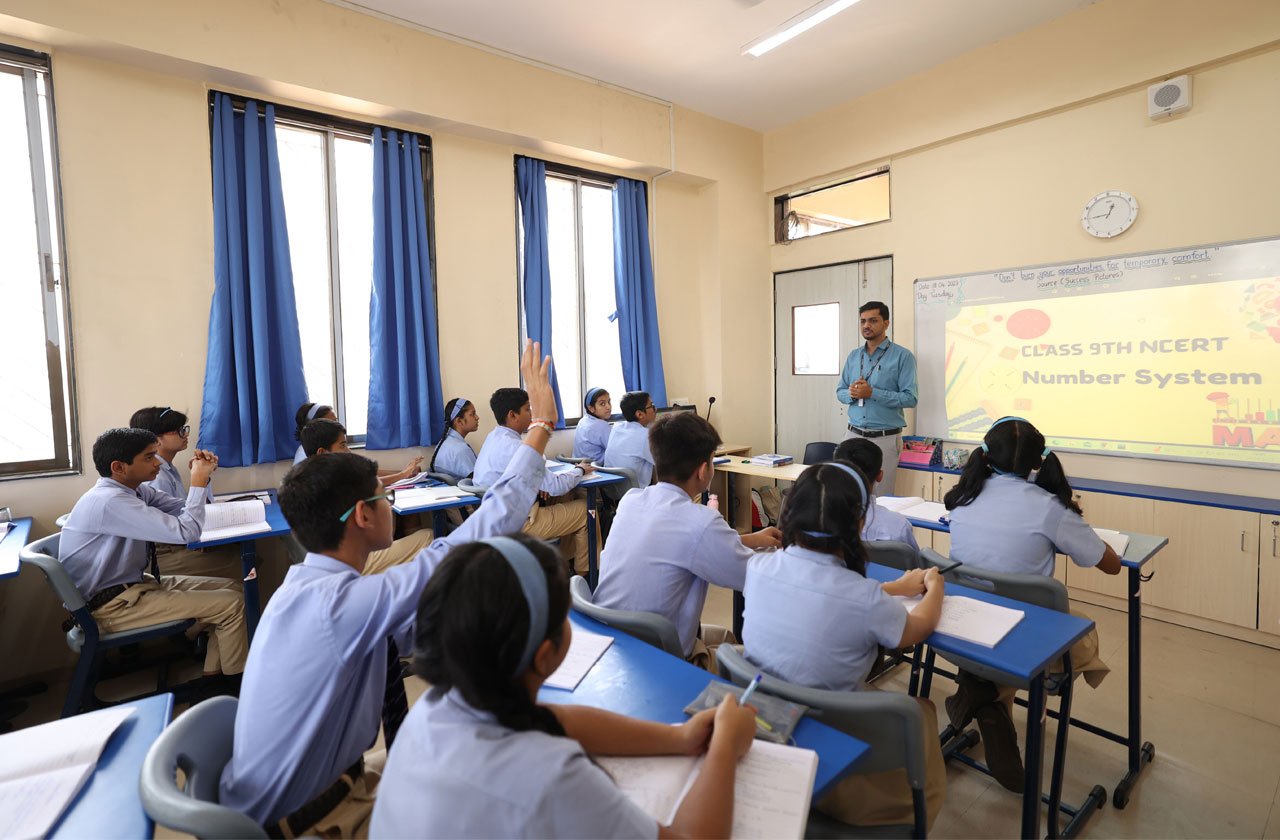Special education is a vital component of modern education systems, designed to meet the unique learning needs of students with disabilities. It encompasses a range of policies, practices, and services aimed at ensuring these students receive an appropriate and individualized education that will help them achieve their fullest potential. This article will explore the key aspects of special education, including the policies that shape it, the practices employed to support students, and the challenges faced by educators, parents, and students. Additionally, it will address frequently asked questions (FAQs) to provide a deeper understanding of the subject.
Key Takeaways
- Special education is governed by important legislation like IDEA, Section 504, and ADA, which ensure that students with disabilities receive a free, appropriate, and inclusive education.
- Individualized Education Plans (IEPs), differentiated instruction, and assistive technology are key practices that support students with disabilities.
- Despite progress, challenges such as resource shortages, teacher training, and parental involvement remain significant barriers to success.
- Effective collaboration among educators, parents, and the community is essential for creating a supportive learning environment for students with disabilities.
Introduction to Special Education
Special education refers to tailored instructional practices and services designed for students with disabilities or special needs. These students may have physical, cognitive, sensory, or emotional challenges that make it difficult for them to participate in regular educational settings. Special education provides the resources and modifications necessary to support these students in learning and growing academically, socially, and emotionally.
Special education has a rich history, evolving from an era where students with disabilities were excluded from the general education system to the modern-day approach that focuses on inclusion, individualized attention, and access to a broad range of learning opportunities.
The Legal Framework: Policies That Shape Special Education
The policies governing special education are vital in ensuring that students with disabilities receive an education that meets their specific needs. These policies set the standards for how special education is delivered, the rights of students, and the responsibilities of educators and schools. Some key pieces of legislation have been instrumental in shaping special education in the United States.
The Individuals with Disabilities Education Act (IDEA)

IDEA is the cornerstone of special education in the U.S. It guarantees students with disabilities the right to a free appropriate public education (FAPE) in the least restrictive environment (LRE). This means that students with disabilities should be educated alongside their peers without disabilities to the maximum extent appropriate, and they should receive services tailored to their individual needs through an Individualized Education Plan (IEP).
IDEA outlines various categories of disabilities, including autism, learning disabilities, intellectual disabilities, and physical impairments. It mandates that schools provide specialized instruction, therapies, and support services, such as speech therapy and occupational therapy, depending on the needs of the student.
Section 504 of the Rehabilitation Act
Section 504 ensures that students with disabilities receive equal access to educational opportunities. While IDEA specifically addresses special education, Section 504 prohibits discrimination against individuals with disabilities in any program or activity receiving federal funding, including schools. This law ensures that students who may not qualify for special education services under IDEA still receive necessary accommodations, such as extended time on tests or modified classroom environments, to support their learning.
Americans with Disabilities Act (ADA)

The ADA is another key piece of legislation that ensures people with disabilities are protected against discrimination in many aspects of life, including education. For students, the ADA works in tandem with IDEA and Section 504 to provide a framework that ensures access to education, physical spaces, and resources.
No Child Left Behind (NCLB) and Every Student Succeeds Act (ESSA)
While NCLB primarily focused on improving academic performance for all students, including those with disabilities, ESSA, which replaced NCLB in 2015, has continued this effort while giving more flexibility to states and local school districts. ESSA requires states to develop accountability systems that include performance indicators for students with disabilities. The goal is to ensure that students with disabilities have access to high-quality education and that they are held to the same academic standards as their peers.
Key Practices in Special Education
While policies set the framework, it is the practices implemented by educators and schools that ultimately impact the success of special education programs. These practices aim to meet the individual needs of students, foster inclusion, and promote academic success.
Individualized Education Plan (IEP)
The IEP is the heart of special education. It is a legally binding document that outlines the specific educational goals and services for a student with disabilities. The IEP is developed by a team that includes the student’s parents or guardians, teachers, special education professionals, and other relevant school staff.
The IEP includes information such as the student’s strengths, challenges, specific academic and functional goals, and the accommodations and modifications required to support the student’s learning. It is reviewed and updated annually to ensure the student’s needs are being met and progress is being made.
Differentiated Instruction
Differentiated instruction is a teaching strategy used to address the diverse learning needs in a classroom. In special education, this approach involves modifying teaching methods, materials, and assessments to accommodate students’ different abilities. Teachers may use visual aids, provide additional time for assignments, or offer alternative ways for students to demonstrate their understanding.
Assistive Technology
Assistive technology refers to devices and software that help students with disabilities access the curriculum and complete tasks they might otherwise struggle with. This includes tools like screen readers, speech-to-text software, hearing aids, and adaptive keyboards. The use of assistive technology in the classroom has proven to be transformative for many students with disabilities, enabling them to participate more fully in their education.
Inclusive Education
Inclusive education refers to integrating students with disabilities into general education classrooms rather than segregating them in separate special education classrooms. This practice promotes diversity, social interaction, and academic achievement. Inclusive education involves modifying the curriculum and teaching methods to accommodate the needs of all students, regardless of their abilities.
Behavioral Interventions
For students with emotional or behavioral disorders, behavioral interventions are crucial in managing challenging behaviors and fostering positive social and academic outcomes. These interventions might include strategies like positive reinforcement, behavior modification techniques, or social skills training. The goal is to create a structured and supportive environment that helps students regulate their behavior and succeed in school.
Challenges in Special Education
Despite the progress made in special education policies and practices, there are still several challenges that educators, students, and parents face. These challenges can hinder the effectiveness of special education programs and services, impacting students’ success.
Lack of Resources
One of the most common challenges in special education is the lack of resources. Schools may struggle to provide adequate support services, such as speech therapy, occupational therapy, or counseling, due to limited funding or staff shortages. This can result in students not receiving the full range of services they need to succeed.
Teacher Training and Professional Development

While many teachers are passionate about working with students with disabilities, not all educators have received the specialized training necessary to address the diverse needs of students in special education. Ensuring that teachers receive ongoing professional development is critical to providing high-quality instruction and support.
Parental Involvement
Parental involvement is crucial for the success of special education programs, but it can be challenging for families to navigate the complexities of special education systems. Some parents may lack knowledge about their rights under IDEA and other laws, or they may face language and cultural barriers. Schools must work closely with parents to foster strong partnerships that support students’ learning.
Stigma and Misunderstanding
Despite efforts to promote inclusion, students with disabilities may still face stigma and discrimination from their peers, teachers, or even within their families. Misunderstandings about disabilities and special education can contribute to negative attitudes and lower expectations, which can undermine students’ self-esteem and academic performance.
Standardized Testing
Standardized testing presents a challenge for students with disabilities, as many of these tests are not designed to accommodate diverse learning needs. Students with disabilities may struggle with the format of the test, the time constraints, or the content itself. While accommodations are available, the pressure to meet standardized testing requirements can be a source of stress for students and educators alike.
Also Read: How Can Teacher Training Programs Enhance Classroom Effectiveness?
Conclusion
Special education is a crucial part of ensuring that all students, regardless of their disabilities, have the opportunity to succeed academically and socially. The policies and practices that govern special education provide a foundation for meeting the unique needs of these students. While challenges persist, the continued evolution of these policies and practices, along with strong collaboration among educators, parents, and students, can help navigate the complexities of special education and foster an environment in which every learner can thrive.
FAQs
What is an Individualized Education Plan (IEP)?
An IEP is a personalized education plan for students with disabilities. It outlines the student’s academic goals, the services and support they will receive, and the accommodations needed to help them succeed in school.
What does “least restrictive environment” (LRE) mean?
LRE refers to the idea that students with disabilities should be educated with their peers without disabilities to the maximum extent possible. This may involve modifications to the classroom or curriculum but aims to include students in general education settings whenever appropriate.
Can a student be removed from the regular classroom for special education services?
Yes, but only when it is determined that the student cannot make meaningful progress in the general education classroom even with accommodations. This decision must be made on a case-by-case basis and is guided by the student’s IEP team.
What are accommodations and modifications in special education?
Accommodations are changes to how a student accesses information or demonstrates learning (e.g., extended time on tests), while modifications involve altering the content or expectations to meet the student’s needs (e.g., simplifying assignments).
How do I know if my child qualifies for special education services?
A child may be eligible for special education services if they have a documented disability that affects their ability to learn and requires specialized instruction. A comprehensive evaluation by a team of professionals is typically conducted to determine eligibility.
What is the difference between special education and inclusive education?
Special education focuses on providing individualized instruction to students with disabilities, often in separate classrooms. Inclusive education aims to integrate students with disabilities into general education classrooms, with necessary accommodations and support.
What role do parents play in the IEP process?
Parents are key members of the IEP team. They provide valuable input about their child’s needs, strengths, and challenges, and they play a central role in developing and reviewing the IEP.




